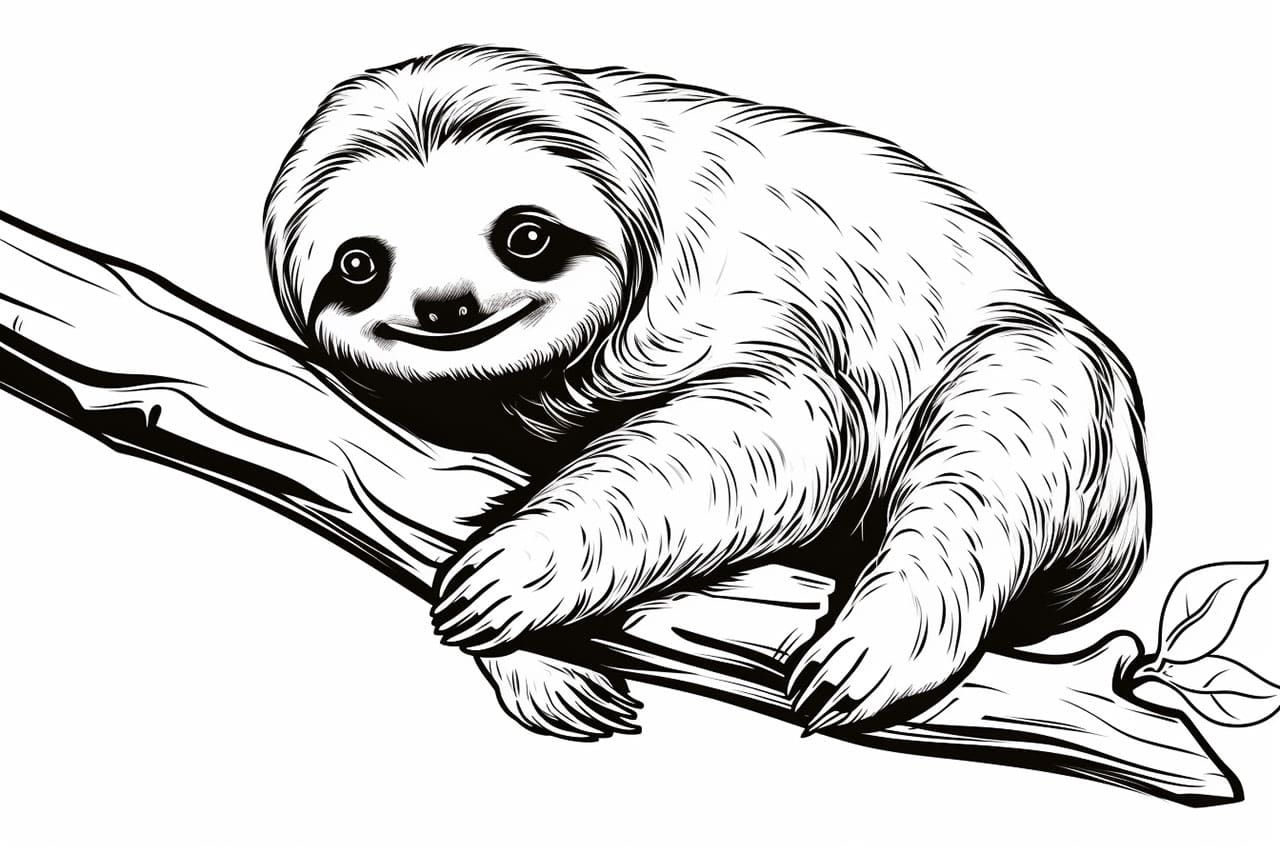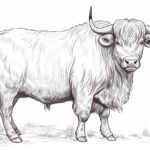Welcome to this step-by-step guide on how to draw a sloth! Sloths are fascinating creatures known for their slow movements and adorable appearance. In this tutorial, I will provide clear and concise instructions to help you create a beautiful sloth drawing. So grab your art supplies and let’s get started!
Materials Required
Before we begin, make sure you have the following materials ready:
Now that you have everything you need, let’s dive into the drawing process!
Step 1: Basic Shapes
Start by sketching the basic shapes of the sloth’s body. Begin with an oval shape for the head. Then, draw a rounded rectangle for the body, connecting it to the head. Remember, sloths have a long and slender body.
Step 2: Facial Features
Next, let’s focus on the sloth’s facial features. Draw two large circles for the eyes, positioned towards the top of the head. Inside each eye, draw a smaller circle for the pupils. Add a small curved line below each eye to represent the sloth’s smile.
Step 3: Ears and Nose
Now, it’s time to draw the sloth’s ears and nose. On top of the head, add two small, rounded triangles for the ears. Beneath the eyes, draw a small, round nose shape. This shape should be slightly elongated, resembling a button.
Step 4: Body Details
Let’s add some details to the sloth’s body. Start by drawing three curved lines on each side of the body, indicating the sloth’s fur. These lines should follow the shape of the body and give the appearance of long, shaggy hair.
Step 5: Legs and Claws
Moving on to the sloth’s legs, draw two long, curved lines extending downward from the body. At the end of each leg, draw three small ovals to represent the claws. Sloths have long, sharp claws used for climbing and hanging from trees.
Step 6: Facial Details
To bring the sloth’s face to life, let’s add some facial details. Draw a small curve above each eye to represent the eyebrows. Then, draw a series of curved lines inside the ears to give them a furry texture. Finally, add a few small lines below the nose to indicate the mouth’s opening.
Step 7: Final Touches
Now that the basic structure and details are in place, it’s time to refine your drawing. Carefully go over your sketch, adding more definition to the outline and refining any areas that need adjustments. Use your eraser to remove any unnecessary guidelines or mistakes.
Step 8: Adding Color (Optional)
If you want to add some color to your sloth drawing, now is the time! Sloths typically have light brown fur, so you can start by coloring the body using shades of brown. Experiment with different shades and textures to capture the sloth’s unique fur pattern. You can also add hints of gray or green for shading and highlights.
Conclusion
Congratulations! You have successfully learned how to draw a sloth. I hope you enjoyed this tutorial and found it helpful in creating your very own sloth masterpiece. Remember, it’s all about practicing and having fun with your art. Keep exploring and experimenting with different techniques to develop your skills further.
Gallery of Sloth Drawings
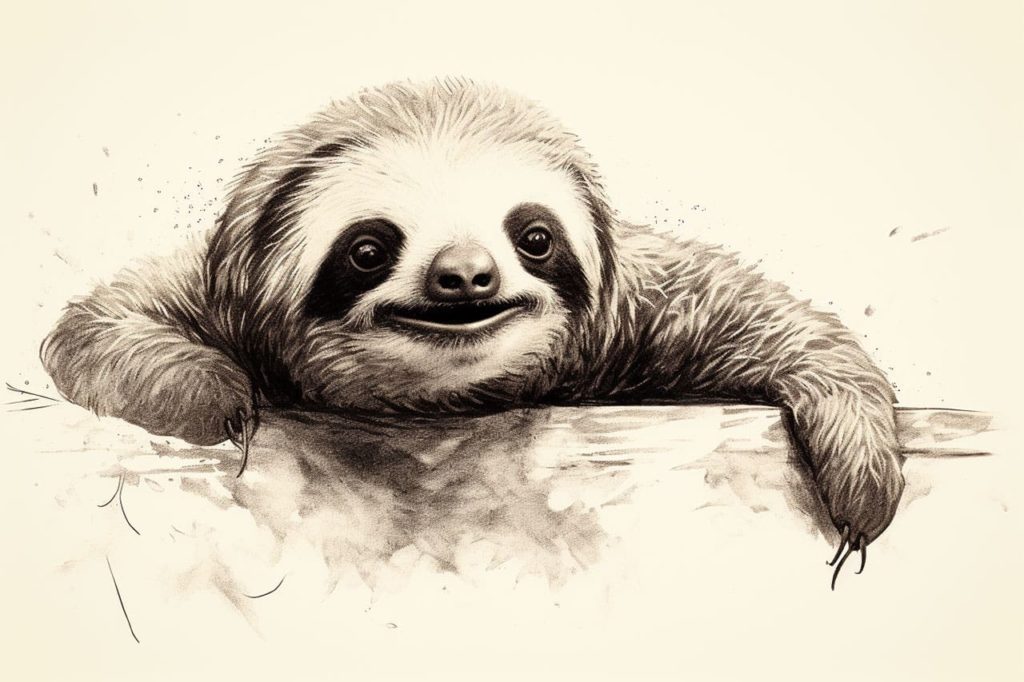
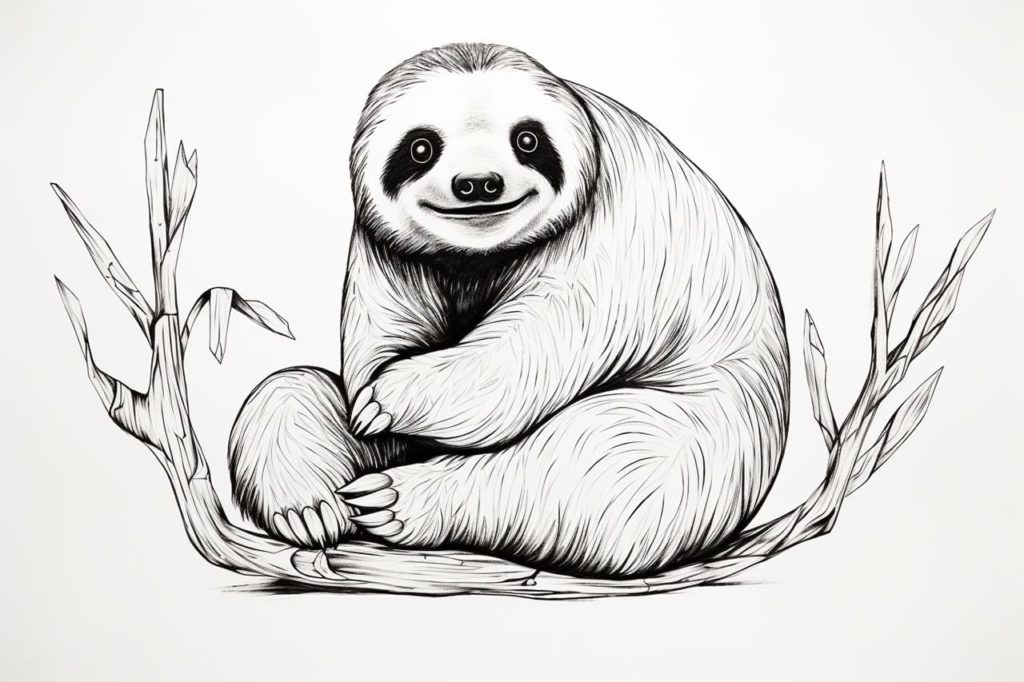
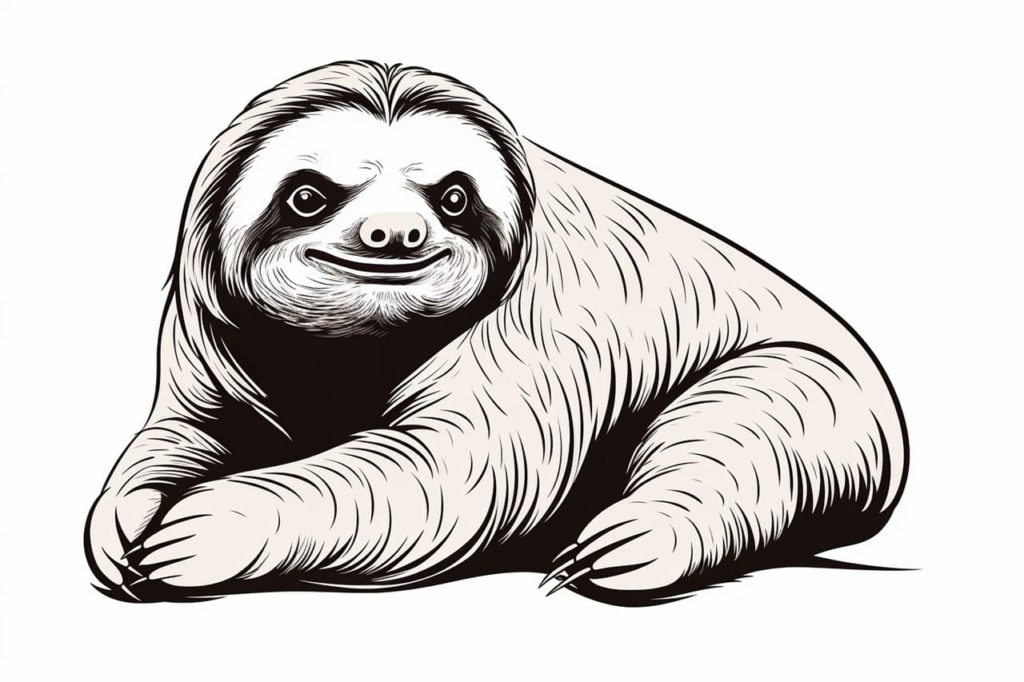
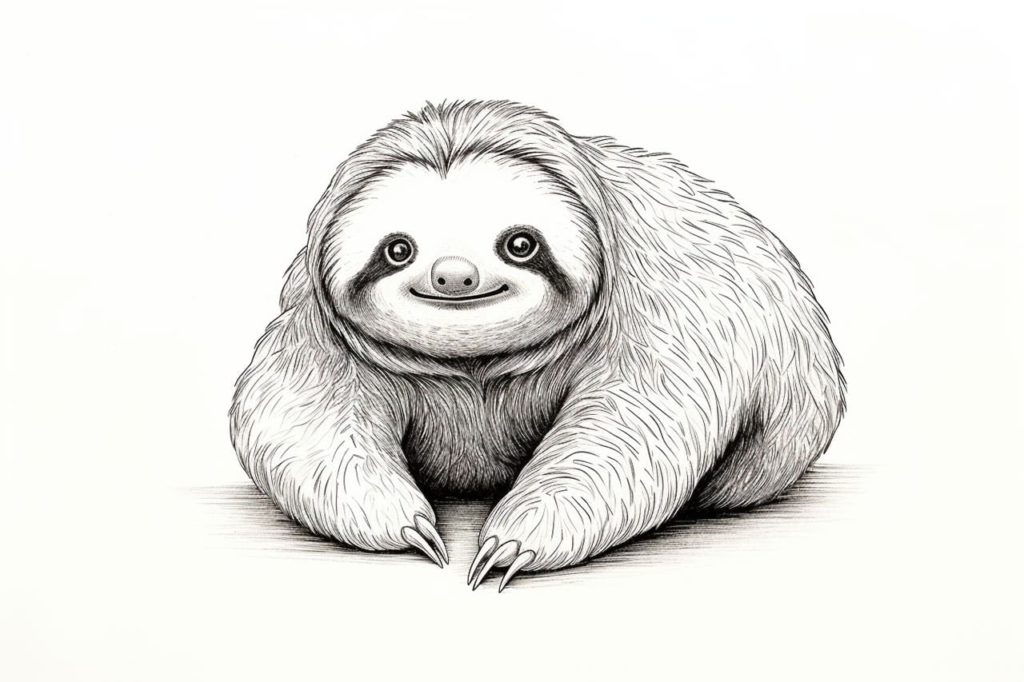
Fun Facts About Sloths
- Slowest Mammals: Sloths are renowned for their incredibly slow movement. They are considered one of the slowest mammals on Earth, with a top speed of around 0.24 miles per hour (0.4 kilometers per hour).
- Arboreal Lifestyle: Sloths are arboreal animals, spending most of their lives in trees. Their long claws and strong limbs are adapted for climbing and hanging from branches.
- Slow Metabolism: Sloths have a remarkably slow metabolism, which allows them to conserve energy. They have low body temperatures and can take up to a month to digest a single meal.
- Two-Toed and Three-Toed: There are two main species of sloths: two-toed sloths and three-toed sloths. Despite their names, both species have three toes on their hind limbs, but the number of toes on their front limbs varies.
- Algae Camouflage: The fur of sloths is often covered in algae, giving them a greenish tint that helps them blend in with the trees. This algae also provides camouflage and may offer some protection from predators.
- Sleeping Habits: Sloths are known for their long periods of sleep, often sleeping for up to 15-20 hours per day. They are most active at night, when they venture out to feed on leaves, buds, and fruits.
- Swimming Abilities: While sloths are not known for their swimming prowess, they are surprisingly good swimmers. They can use their long arms to paddle through the water, and some species are even known to drop from trees into rivers and swim across to reach new feeding grounds.
- Slow Reproduction: Sloths have a slow reproductive rate, with females typically giving birth to only one offspring per year. The gestation period can last from 9 to 11 months, depending on the species.
- Conservation Status: Sloths are facing threats from habitat loss, deforestation, and human encroachment. Several species are listed as vulnerable or endangered by the International Union for Conservation of Nature (IUCN), highlighting the need for conservation efforts to protect their habitats.
- Cultural Significance: Sloths have captured the hearts of people around the world and are often portrayed as adorable and endearing creatures in popular culture, books, and movies.

